What Is the Average Flying Altitude of a Commercial Plane?
Pilot's Life Blog
JANUARY 12, 2025
These altitudes minimize fuel use, avoid turbulence, and provide smoother rides for passengers. When flying a small plane, staying within the appropriate altitude ensures better control and a more comfortable experience, especially in turbulent weather. Flying at high altitudes is a cornerstone of commercial aviation.

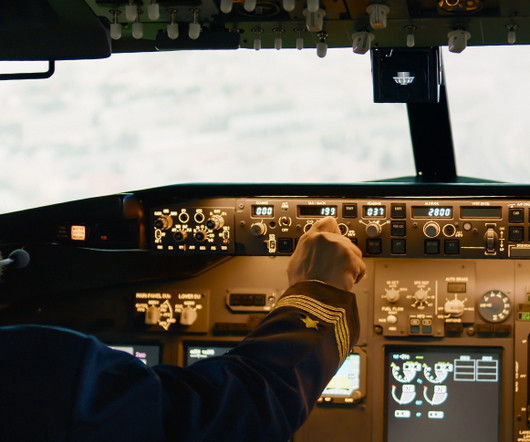
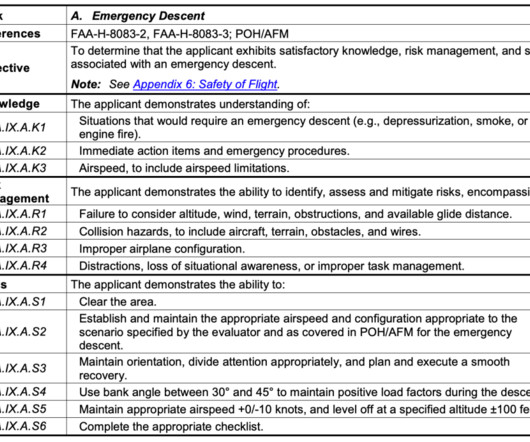
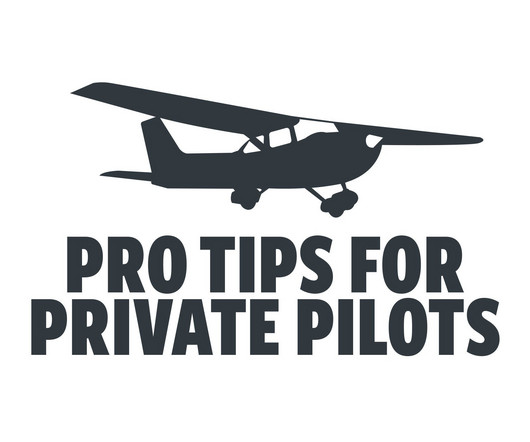
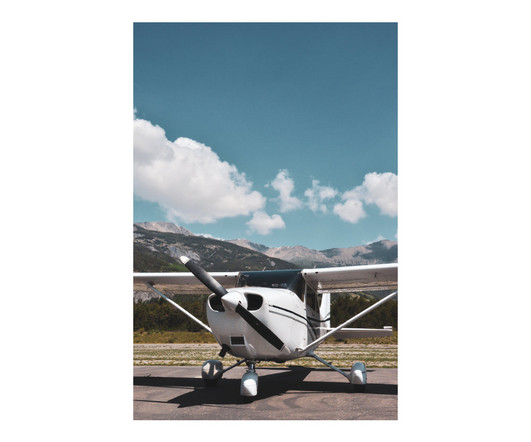
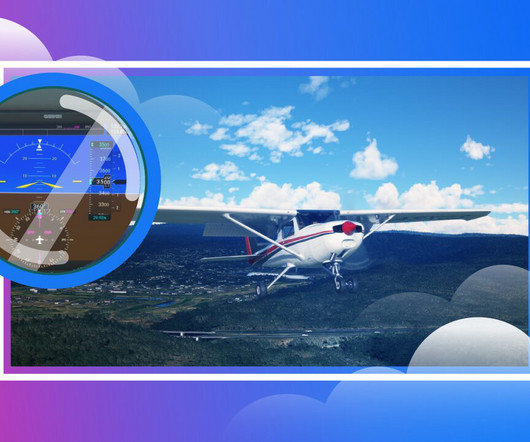










Let's personalize your content